Jackson Normandin
I am a candidate for a Bachelor’s of Science in Environmental and Sustainability Sciences at Northeastern University with a concentration in Earth, Oceans, and Environmental Change.
Feel free to contact me at normandinj1224@gmail.com
Table of Contents
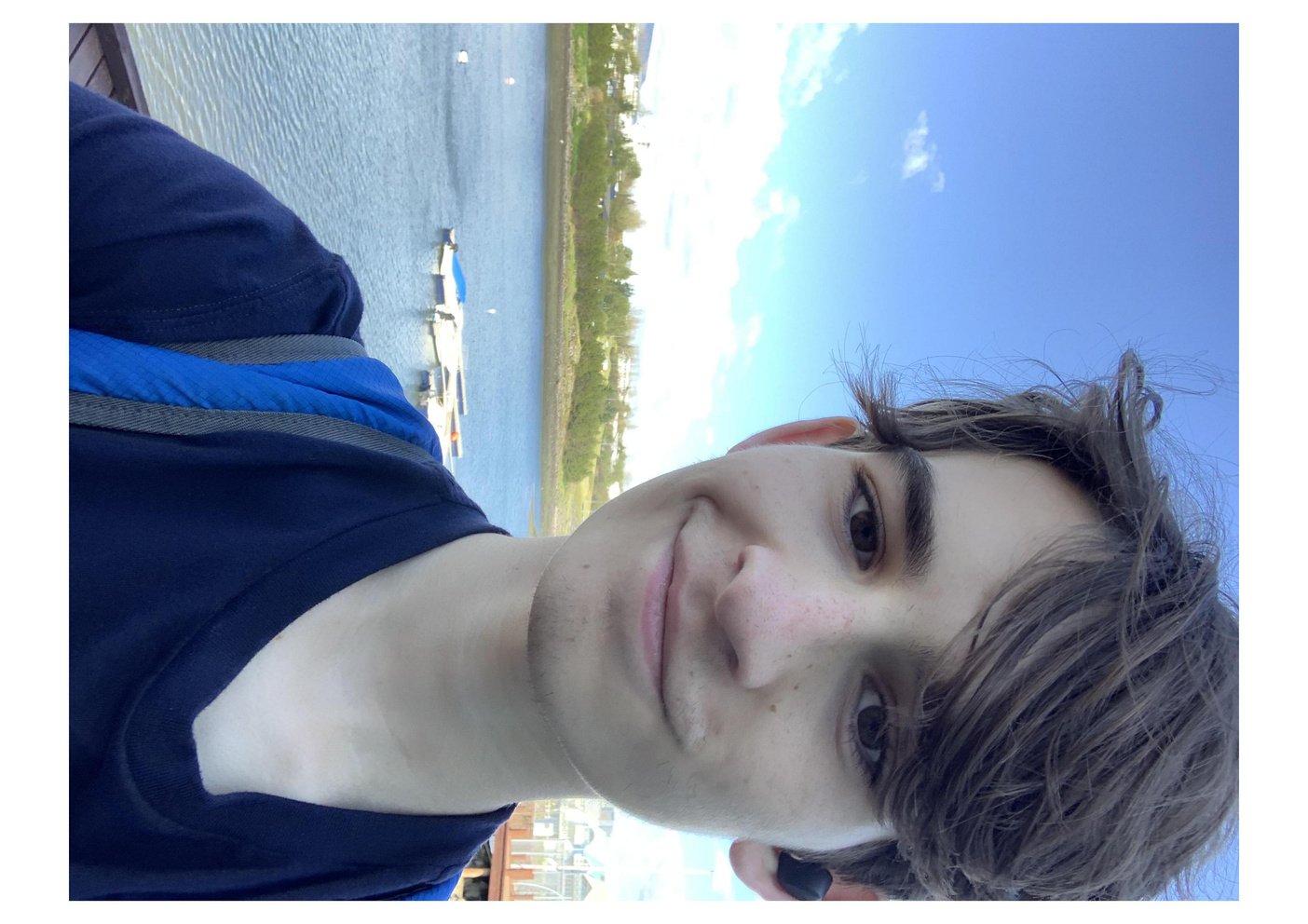

Diversity, Equity, and Inclusivity Statement
Science has, and will forever be, a collaborative effort requiring expertise and insight from individuals from different backgrounds and lived experiences. Thus, excluding individuals on the basis of racial, ethnic, religious, gender, and sexual identity is antithetical to the inherent nature of research and science.
As a queer man, I acknowledge the need for diversity, equity, and inclusivity in science and beyond. I grew up in an environment that was overwhelming in its heteronormative ideals and practices. Queer relationships were difficult to find in media, fiction, and in real life, creating an isolating environment in which I was uninformed about non-heterosexual behavior. However, once I took the initiative to research sexuality, I realized that I was asexual. Thus, I understand the importance of having a varied viewpoints that are ingrained in the fabric of science and society.
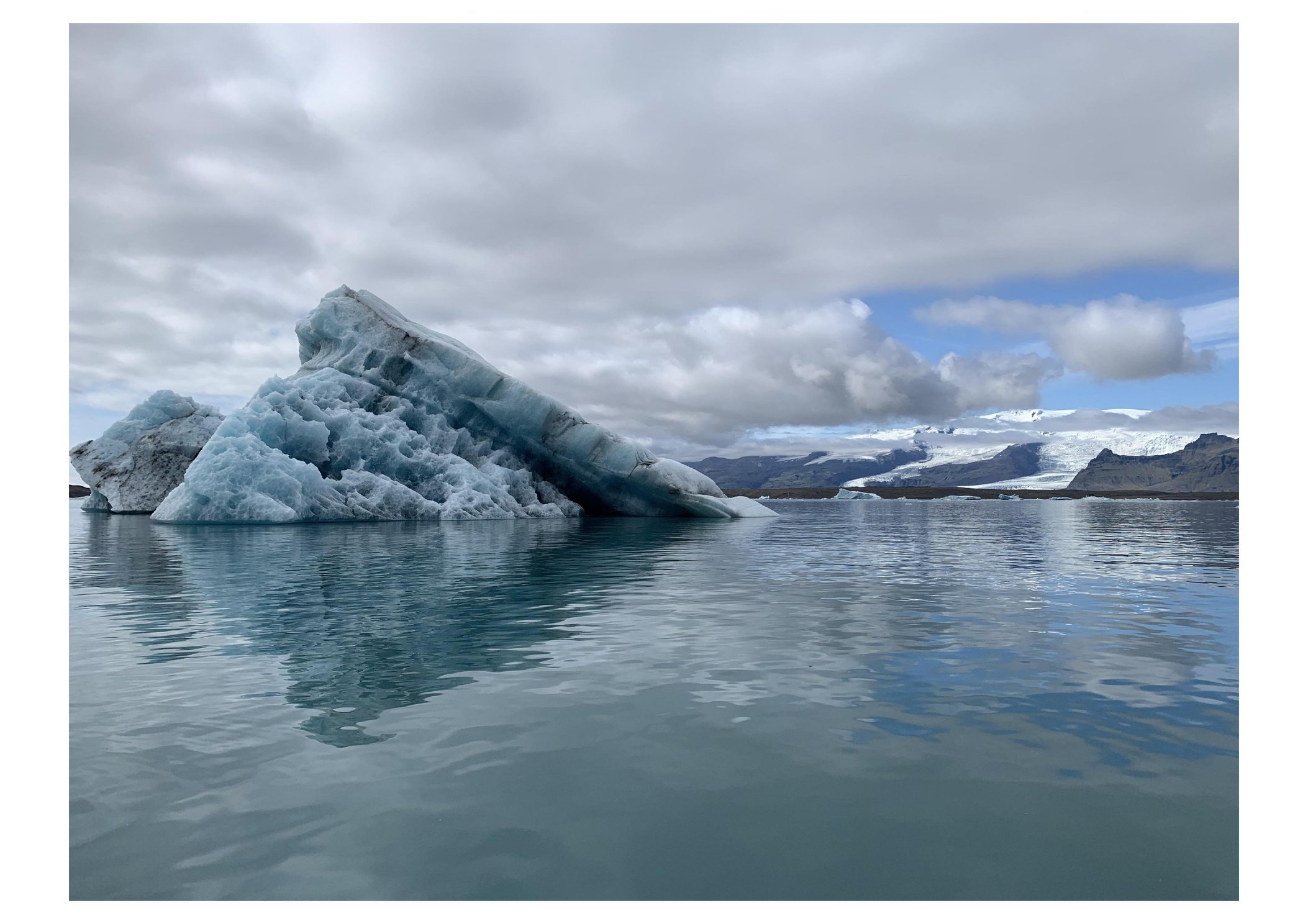
Motivation
In my opinion, one of the greatest barriers facing contemporary scientific research is scientific communication. The continued prevalence of anti-vaccine crusades, climate change deniers, and other skeptic movements represents a failure to properly communicate empirically-supported concepts. Thus, I place a great emphasis in effectively communicating what I learn, study, and research to the public in an effort to avoid ambiguity, confusion, and distrust.
With respect to my research endeavors, I hope to gain a better understanding of shifting regimes and dynamics as a result of climate change, especially with respect to the atmosphere, cryosphere, and geochemical cycles. Only through detailed and thorough research into these fields and their respective paleoenvironments can we comprehend their expected and currently occurring alterations. Greater paleoenvironmental understanding, in turn, will allow for effective and efficient mitigation and adaptation strategies and implementation.
Experience
Environmental and Climate Sciences Department Intern at Brookhaven National Laboratory
From June to August 2024, I was a research intern at Brookhaven National Laboratory’s (BNL) Environmental and Climate Sciences Department in their aerosol research division. This internship was a full-time research position where I studied the physio-chemical properties of aerosols. I was fortunate to work with some of the most decorated, capable, and intelligent aerosol scientists, in addition to having access to advanced instrumentation, such as aerosol chemical speciation monitors (ACSMs), a condensation particle counter, a centrifugal particle mass analyzer, an aerosol particle coating chamber, and an electrostatic classifier.
During the internship, I worked on two main projects. For one of the projects, I helped calibrate five ACSMs that the U.S. Department of Energy deploys at various locations around the world. Furthermore, I helped develop a standard to effectively calibrate the ACSMs in the field while reducing the mass contributions from larger particles. Calibration of ACSMs involves aerosolizing an ammonium nitrate solution, imposing charges on the resulting aerosol particles using an electrostatic classifier, and then selecting particles of a given electrical mobility diameter using a differential mobility analyzer. Larger multiply-charged particles with the same electrical mobility diameter as smaller singly-charged particles are also selected, which, if not taken into account or removed, will bias the calibration. A centrifugal particle mass analyzer (CPMA), which selects particles based on their mass-to-charge ratio, can be used to ensure that only singly-charged particles are selected; however, the Department of Energy field sites sites lack CPMAs, so ACSM calibrations in the field must address the confounding influence of multiply-charged particles. I helped develop a set of parameters that reduced the mass contributions from the multiply-charged particles, which allows for a more accurate ACSM calibration. I have attached a link to my poster in the Documents Repository and External Links section of this website.
The second project involved the use of an aerosol particle coating chamber. As the name suggests, the coating chamber allows flowing aerosols to accrete a shell of a another substance. I helped develop parameters and settings at which to set the chamber to develop coats with certain thicknesses for two coating substances, levoglucosan and oleic acid. These substances are atmospherically-relevant, as levoglucosan is a product of biomass burning and oleic acid is emitted from cooking meat. The characterization of the coating chamber is the first step in studying the properties of coated particles and how coats change over time. My supervisor’s prior research has revealed that aerosols evolve and change as they migrate and interact with their environment. The movement and evolution of aerosol particles and their coatings is important to consider, especially within the context of climate change. The evolution of aerosols over time has implications on the aerosol’s radiative forcing, absorption, and light scattering properties. Thus, my research aimed to gain a better understand of the instrumentation allowing for the study of coatings, which will allow my supervisor and other climate scientists to study the effects of coatings, the longevity of coatings, and the properties of different coating compositions. I have attached a link to my final paper and poster in the Documents Repository and External Links section of this website.
This experience has narrowed my interest in geochemistry and its applications to my other interests in glaciology, oceanography, and volcanism. I am excited at the prospect of continuing research in a graduate program.
Field Study of Volcanic and Glacial Processes in Iceland
In July and August 2023, I was fortunate enough to attend a field study abroad in Iceland. During this study, I camped across Iceland with my professor and a group of around thirty undergraduate students. The main focus of this field study was to gain a better understanding of glaciology, volcanology, and petrology. The unique geology of Iceland served as the ideal location to observe and comprehend geological processes, as various features, from spatter cones to glacial moraines, became visual aids in solidifying textbook concepts.
Another focus of the field study was an introduction and acclimation to geological techniques and practices. Specifically, mapping, field notes, and rock identification, and geological interpretation was a heavy focus. With respect to mapping, I led a group of four students to illustrate glacial deposits, volcanic deposits, fault lines, and other geological features at meter and kilometer scales by hand. The field study required the keeping of a field notebook. I illustrated features, conducted field investigations of geological features involving interpreting geochronology, and explained relevant geological processes in the aforementioned field notebook. Moreover, I gained experience identifying and mapping distributions of minerals, rocks, faults, and lava flows. Through the study of an area’s petrology using hand lenses and estimating modal composition, I extracted igneous rock compositions to determine relative ages of deposits and the distribution across a given area.
This experience was a pivotal point in my academic career. The semester before visiting Iceland, I changed my majors to Environmental and Sustainability Sciences; I was still unsure of what I wanted to do when I started this field study. However, this study fascinated me. I became enthralled with geology, and I am especially excited to continue my academic career with a research focus in geochemistry, volcanology, glaciology, or geochronology due to the information I learned, skills I honed, and geological processes I observed during this field study.
In addition to providing me with a unique experience that exposed me to the field I love, it also reinforced skills that I use everyday. For example, when I led my team of students, I took control of the task allocation, prioritization, and organization, managed the limited time in the field effectively, and helped explain concepts to the one member in my group that had no geology background. Also, when you spend upwards of fourteen hours a day with the same people everyday, conflicts are inevitable. Thus, when conflicts arose within our group, I felt confident mediating the dispute to yield an outcome favored by both parties. Thus, this field study has provided me with academic and professional direction, valuable field and research skills and knowledge, and transferable interpersonal and communication skills.
The Relationship Between Competition and Population Growth in Simplified Mesocosms at Northeastern University
From September to December 2023, I studied the effects of competition on three single-celled organisms. I prepared test tubes that would serve as mesocosms in which to study the population growth of the three organisms over a duration of ten weeks. I prepared mesocosms of each organism alone and in combinations with one another using micropipetting techniques. I estimated the population of each organism in each test tube each week by taking population counts using microscopy and extrapolating the counts for the entire mesocosm. At the end of the study, I wrote a scientific paper describing the experiment. Moreover, I visualized population data in Excel and conducted statistical analyses to determine statistical significance. I have attached a link to the final paper in the Documents Repository and External Links section of this website.
This study was my first experience in a laboratory setting, and it made me realize my affinity for the research environment. Despite the fact that I was not, and still am not, interested in population dynamics, this experience was beneficial in that it narrowed my future academic and career goals. I realized that I enjoyed the research environment, and that I wanted to pursue research in the future. I did not know what research I wanted to conduct, but rarely anything happens perfectly on the first attempt.
Discrepancies in Housing Quality in New York State
From March to April 2024, I worked on a presentation of the discrepancy of housing between whites and minorities in New York State counties. I researched and gathered data from many different sources to use in ArcGIS Pro. Through the development of seven maps relaying county data and statistics, I gained a great understanding of the ArcGIS Pro software. I visualized data, including environmental health hazard index scores and cost of housing, to demonstrate that housing quality varied among New York counties. After visualizing the data, I created various scatter plots and conducted statistical analyses to determine correlation. To prepare the presentation, I conducted a literature review of my topic to identify what past research had revealed. I agglomerated the maps, graphs, prior research, findings, and implications into a presentation with all the usual elements of a scientific paper. I have attached a link to the final presentation in the Documents Repository and External Links section of this website.
This presentation allowed me to further develop my scientific writing skills, data visualization skills, and literature reviewing skills. While the subject matter deviated from my normal area of study, this project was fruitful in that it provided me the experience to increase my knowledge of ArcGIS Pro. In doing so, I learned that I thoroughly enjoyed geospatial data, and, since my research interests fall under the broader geology field, I hope to be able to apply my acquired skills in ArcGIS Pro in a future field or laboratory research experience.
Anthropogenic Acceleration of Glacier Melting Rates and its Human Implications: A Synthesis
From March to April 2024, I partook in secondary research to synthesize primary, peer-reviewed papers into a comprehensive and concise summary of the physical, hydrological, biological, and other stressors on the glacier environment. Specifically, I focused on the melting mechanisms that were induced, completely due to, or accelerated by human actions. This paper was inspired by my field study abroad in Iceland. In 2017, my family and I visited Iceland. I had fond memories of one outlet glacier, Breiðamerkurjökull, that we spent significant time marveling at and observing. Upon realizing that the field study would take me back to Breiðamerkurjökull, I was excited to view the same glacier that impressed me six years prior. However, upon reaching the glacier, I realized how far it had retreated, representing one of the severe impacts of climate change I have witnessed firsthand. The field study illustrated to me not only the geophysical processes at work in volcanic and glacial environments, but also the latter’s susceptibility to anthropogenic actions. I have attached a link to the final paper in the Documents Repository and External Links section of this website.
This synthesis provided me with firm knowledge on how to sift through and read prior research to establish a measure of what is known and what is unknown in a particular field. With respect to glacial melting, there are still a lot of uncertainties that require more data, more advanced sensing technology, and higher modeling and simulation resolution and efficacy.
Northeastern Undergraduate College of Science Students’ Perceptions on Climate Change
In March and April 2023, I conducted a study of students’ perceptions on climate change to determine if science-based students had a firm grasp on its impacts, causes, and contributors. This study was my first foray into the discrepancy between the climate knowledge of those in environmental science and those in other disciplines. In Qualtrics, I designed a survey with roughly twenty questions gauging the participant’s knowledge and thoughts of climate change. Questions included: “What country contributes the most to climate change?” and “By how much has carbon dioxide concentrations increased since 1900?” Upon distributing the survey and fielding results, I selected a few questions that I thought revealed interesting results and visualized the responses in R. I then presented my findings, prior research, and figures in a poster. I have attached a link to the final presentation in the Documents Repository and External Links section of this website. Communication is an important pillar of science and research. This study revealed to me that, while non-environmental science students were aware of climate change, the extent and precise effects are less known.
Through this study, I gained a better understanding of programming, data analysis, and data visualization in programs like Excel, Google Slides, and R. I grew my affinity for data and research, despite the smaller scale of this study.
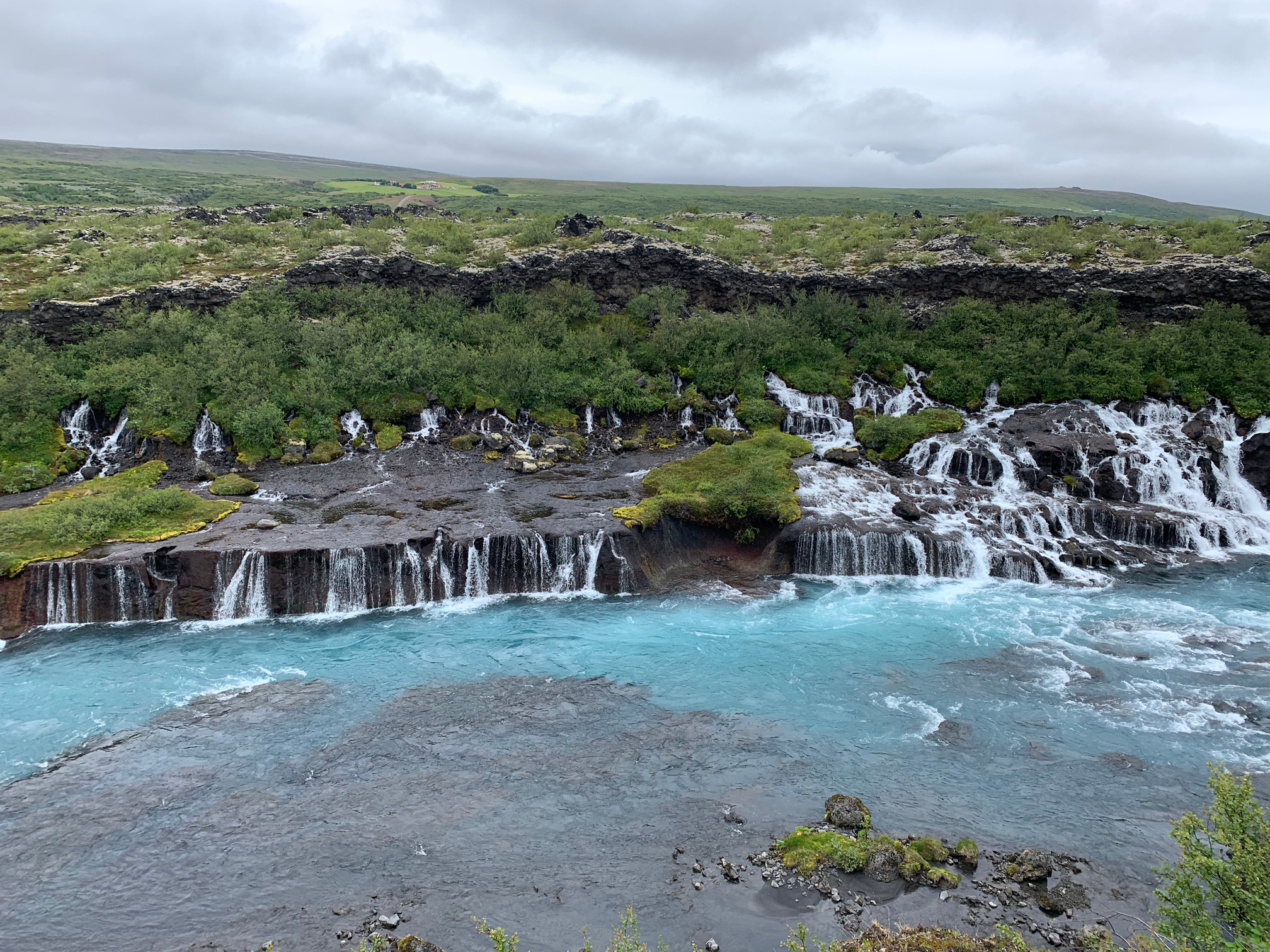
Organizations and Memberships
atement
Member of the Association of Polar Early Career Scientists
Member of the Society of Environmental Toxicology and Chemistry
Member of Out in STEM
Contributor to 500 Queer Scientists
Member of the Northeastern University Math Club
Member of the Husky Environmental Action Team at Northeastern University
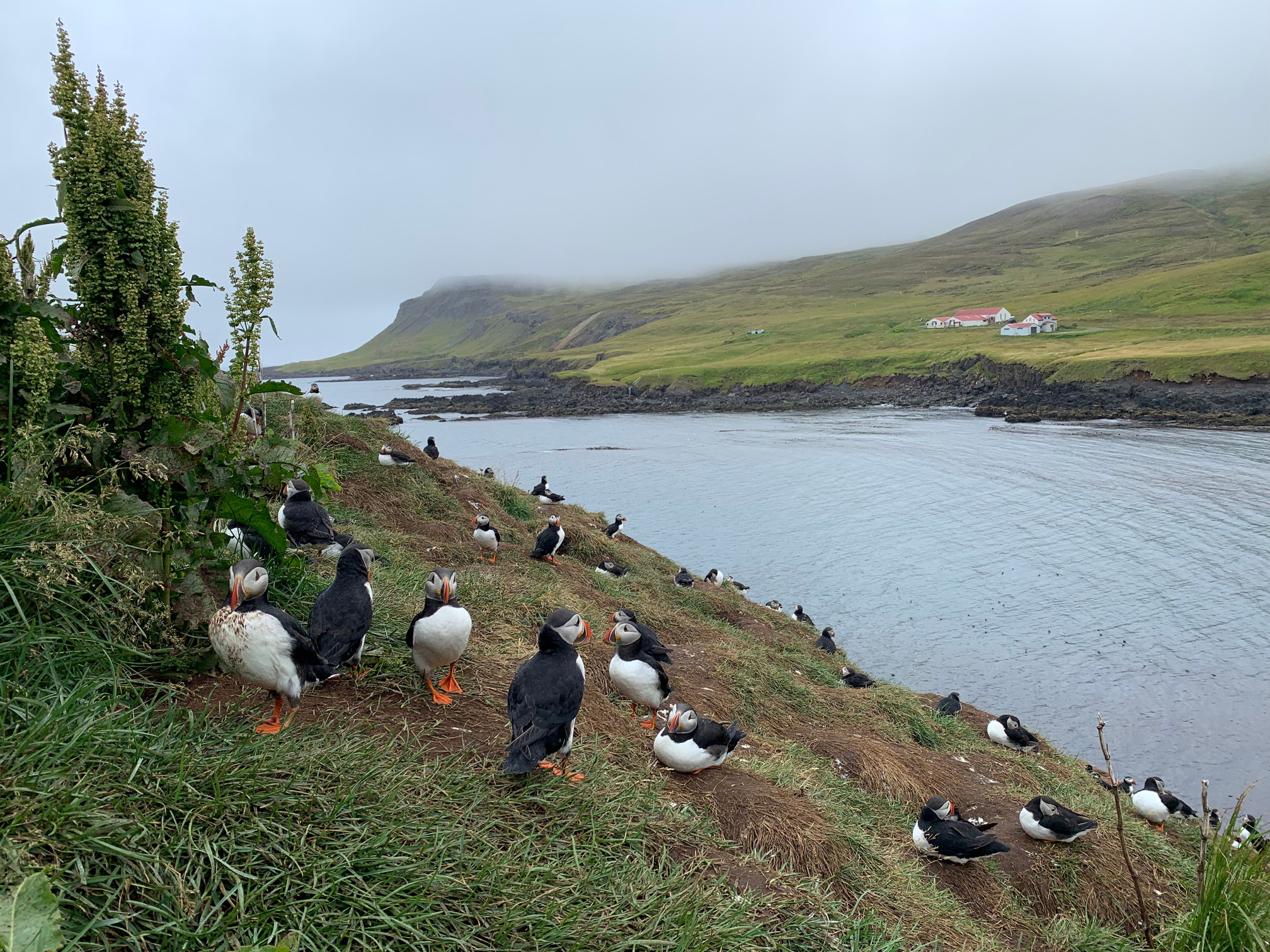
Documents Repository
Characterization of an aerosol particle coating chamber
The relationship between competition and population growth in simplified mesocosms
Discrepancies in Housing Quality in New York State
Anthropogenic Acceleration of Glacier Melting Rates and its Human Implications: A Synthesis
Northeastern University Undergraduate College of Science Students’ Perceptions on Climate Change
External Links
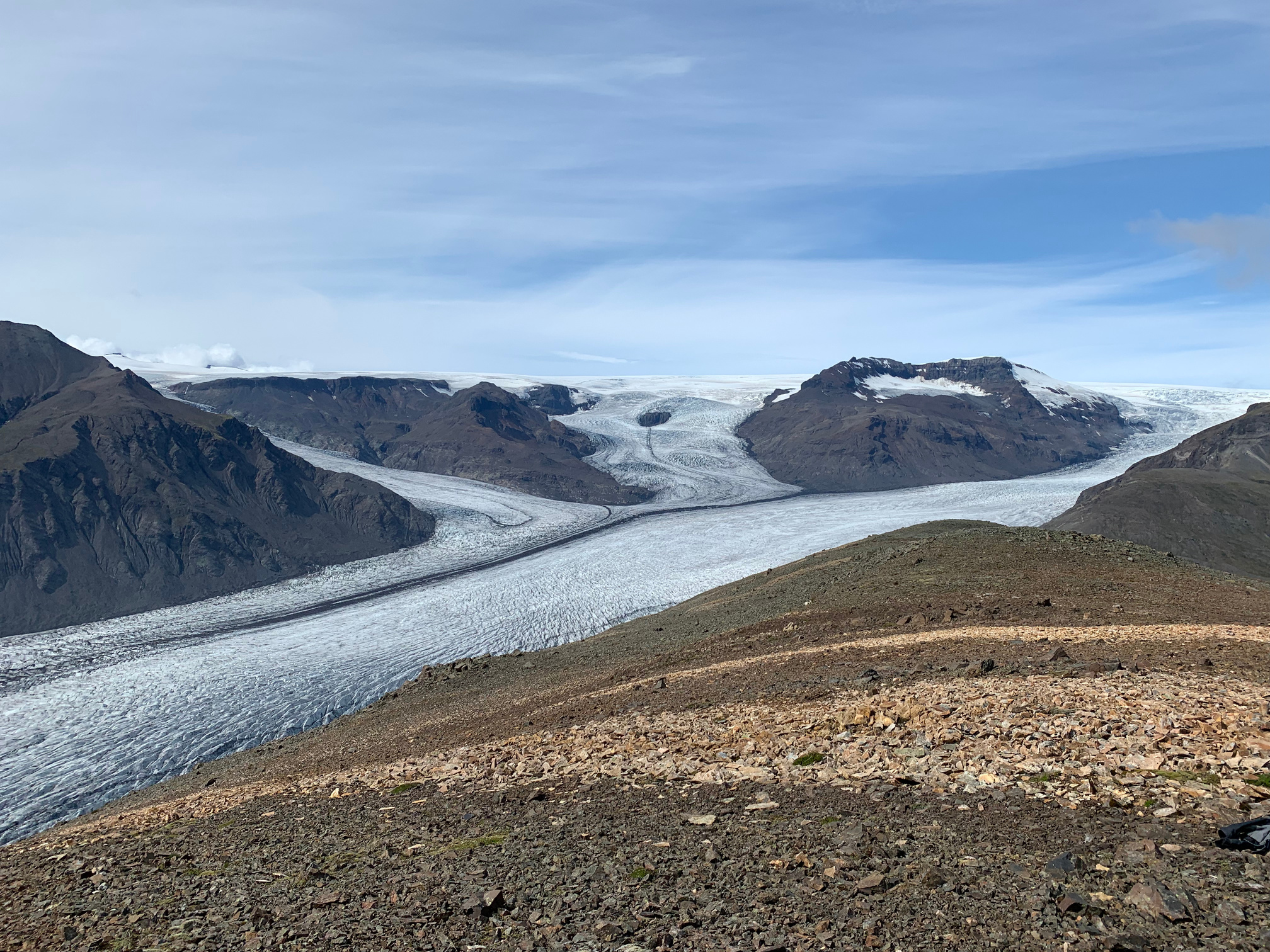
Thank you for visiting my website. I really appreciate your time.
*All photographs used on this website are my own*